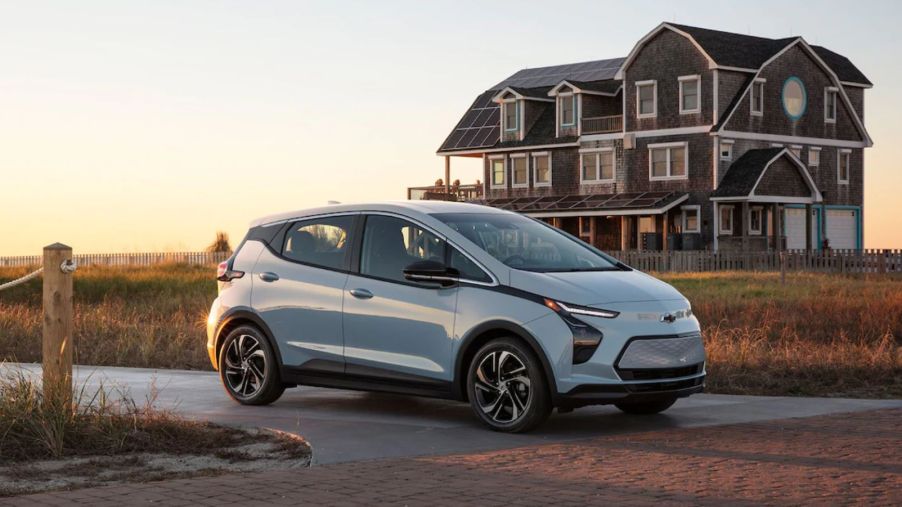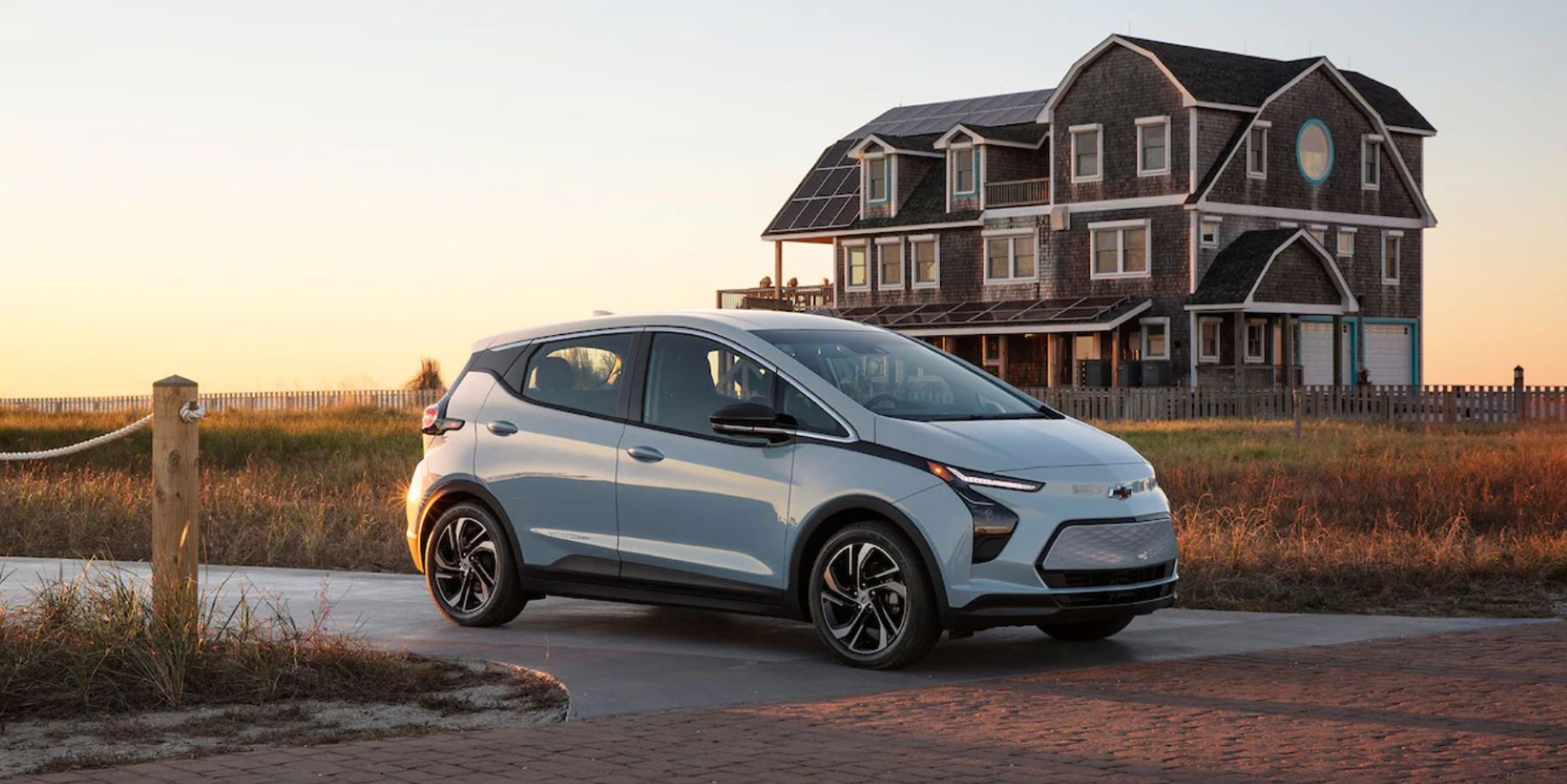
3 Reasons Teens Shouldn’t Be Driving EVs
Parents have plenty to be concerned about when their teen learns to drive, including high insurance premiums. However, one concern they should consider is the vehicle the teenager will drive. These days electric vehicles are becoming more popular due to rising gas prices, so the car the teen gets behind the wheel of might be that EV.
Yet, while they are good points to it, there are three critical reasons why teens shouldn’t be driving EVs right away.
Should teens be driving EVs?

Electric vehicles offer many safety and driver assistance features, which can be helpful to teens who are just building their driving skills. Often you’ll find EVs with automatic emergency braking, rear cross-traffic alert, forward collision warning, blind-spot monitoring, and even lane change alert systems.
Additionally, you won’t have to worry about as much regular maintenance with electric vehicles as you would with gas-powered cars. EVs can also simplify driving by offering one-pedal operation. According to Cars, your teen can use the accelerator pedal to speed up and slow down when driving in the city.
Another feature you might find is specific teen driving tech, like Chevy’s Teen Driver Technology. This system will let parents know how well their teenager is driving. They can also set the vehicle to give seat belt reminders and limit how fast the car can go.
The reasons why teens shouldn’t be driving EVs
Electric vehicles offer some benefits to teens, but there are three reasons why they shouldn’t drive them, at least not until they’ve gotten more driving experience.
1. Public charging stations
While home charging systems aren’t an issue, not all places have them. Sometimes a teen driver will have to find a public charging station to charge the battery. Well, locating one could be an issue. Additionally, some areas may have long lines of EVs waiting to charge their vehicle. The last thing you want is your teen waiting in a parking lot, hopefully not at night.
2. Driving a rear-wheel drivetrain
Since many EVs have rear-wheel drivetrains nowadays, it could pose a problem for teens. Driving one of these cars requires a little more skill than front-wheel drive. According to Car Throttle, a rear-wheel drive vehicle should not be your first car.
This drivetrain is fun to operate, but if you’re not experienced with it, you’re likely to oversteer, which could cause you to lose control. A teenager who just got their license will not have the quick reflexes that a driver receives after many hours behind the wheel.
However, EVs have heavy battery packs, which could weigh the car down just enough to prevent an accident should the teen steer a little too much one way.
3. Instant torque
We know that electric cars have instant torque, meaning that when you press the accelerator pedal, you instantly take off. There’s no build-up to speed like a gasoline vehicle. While that in itself is not an issue, it could be for some teenagers. How many kids learning to drive wouldn’t want to exploit that? Teens will love the speed, and they might get in trouble with it, whether it’s a ticket or an accident.
Sure, speed-limiting driver assistance programs like Chevrolet offers might be helpful here, but not very many electric vehicles come with something like this. Furthermore, instant torque when you hit the pedal means the car will lurch forward, which may cause problems, especially if a vehicle is sitting in front of you and the inexperienced teen doesn’t react quickly enough.
Electric vehicles provide many benefits for drivers, but you might want to utilize a gas-powered one while your teen is learning to drive. Once they get a little experience under their belt, introduce them to EVs and give them some pointers so they can ease their way into electric car driving.


